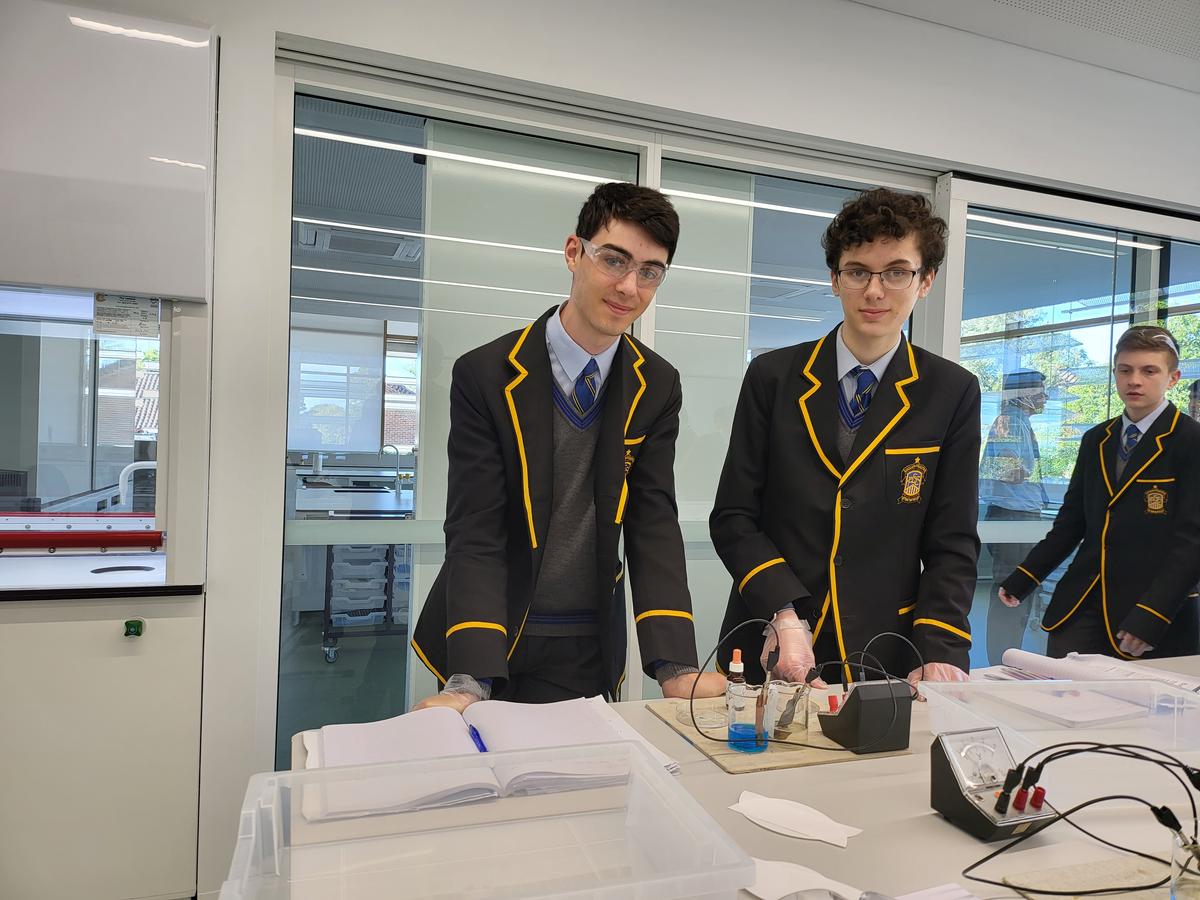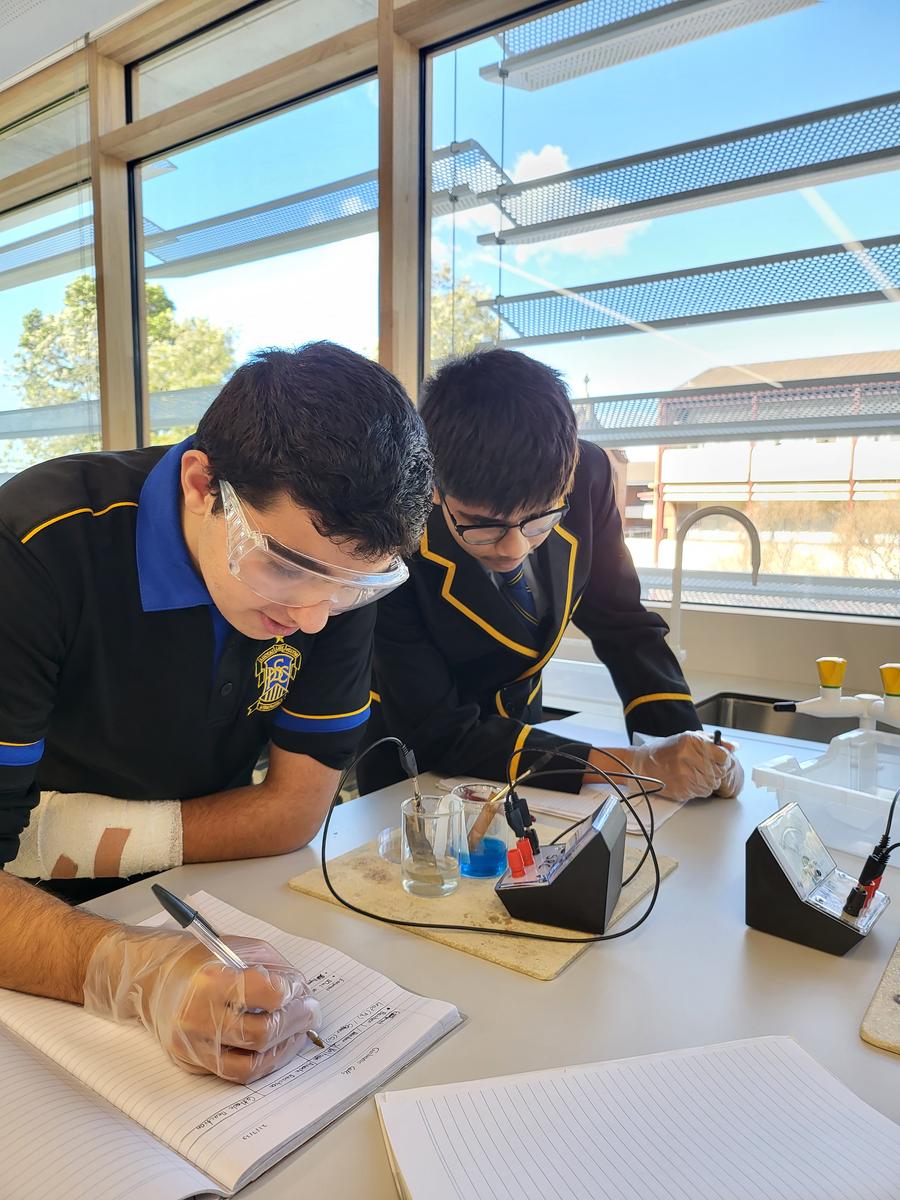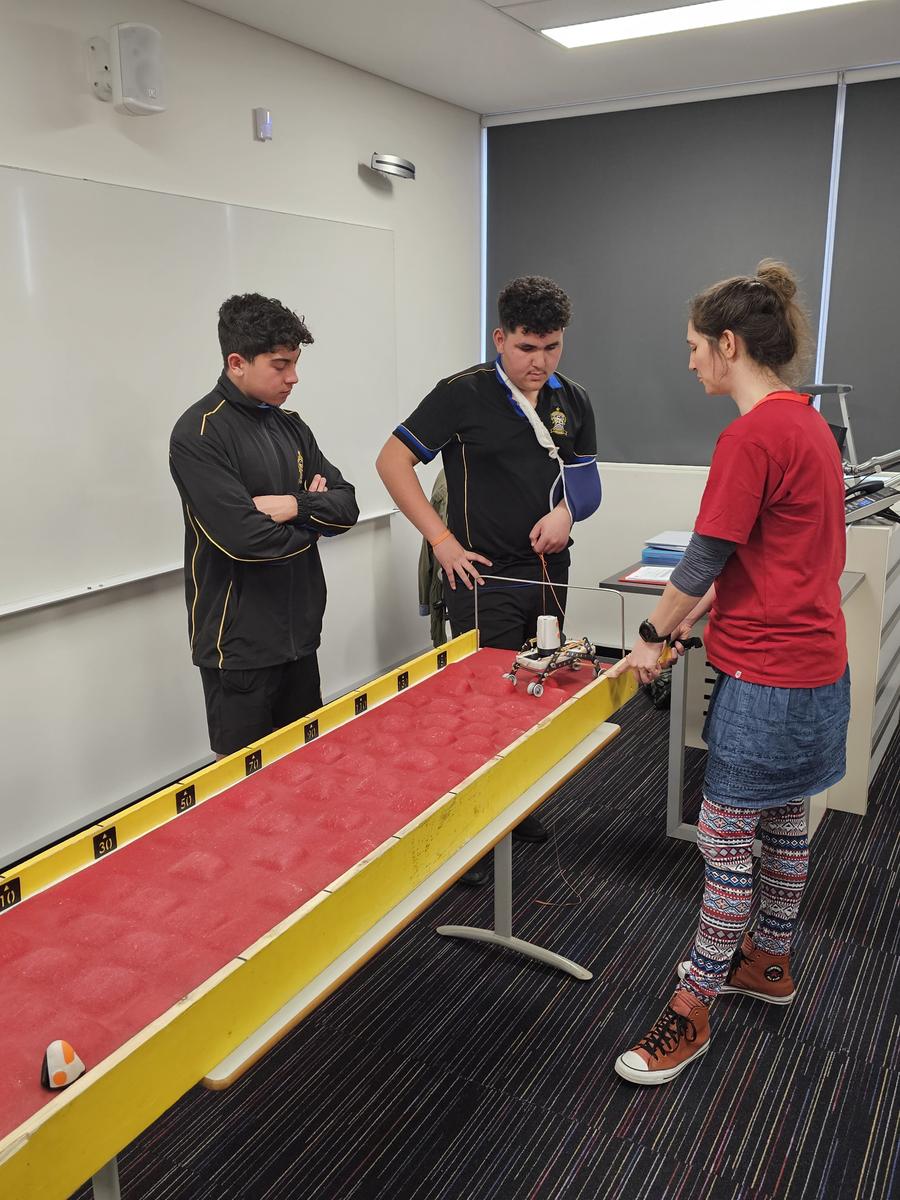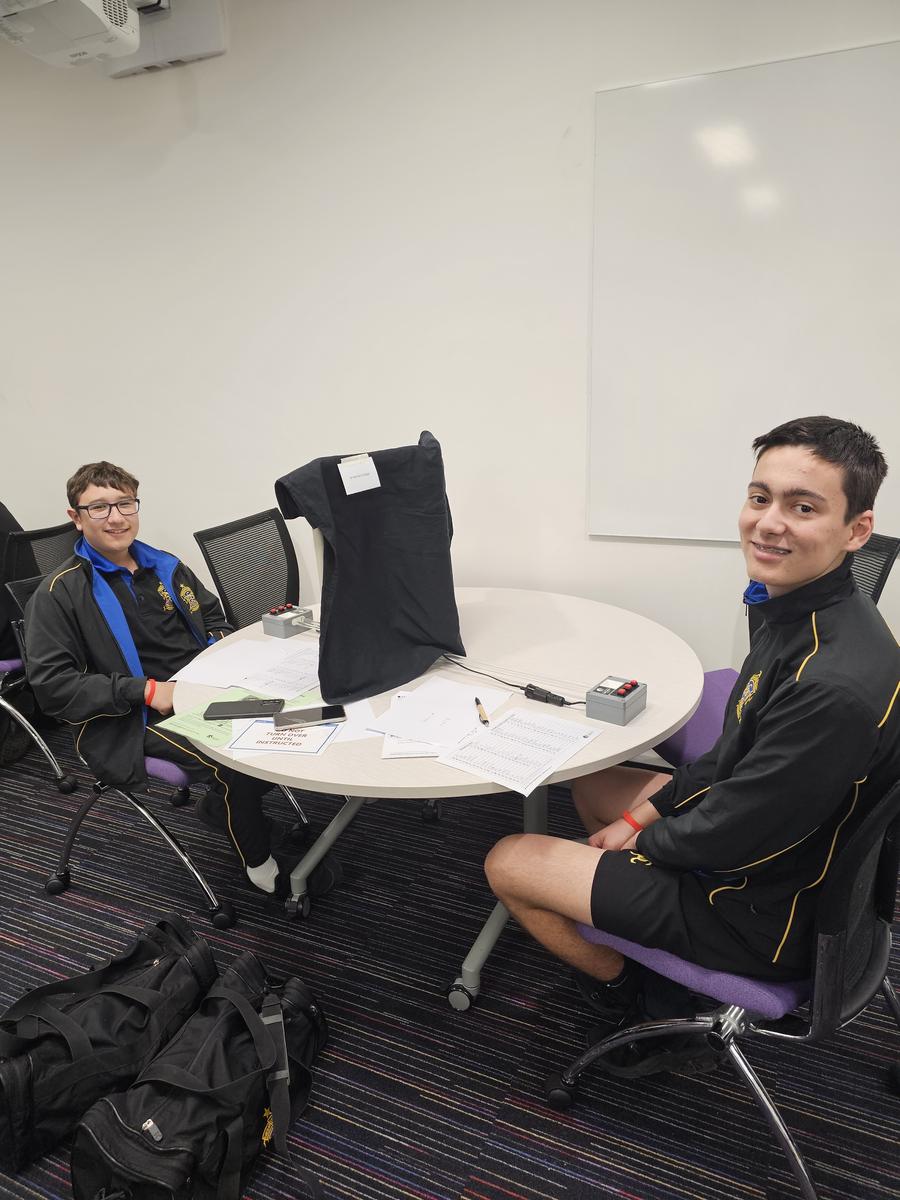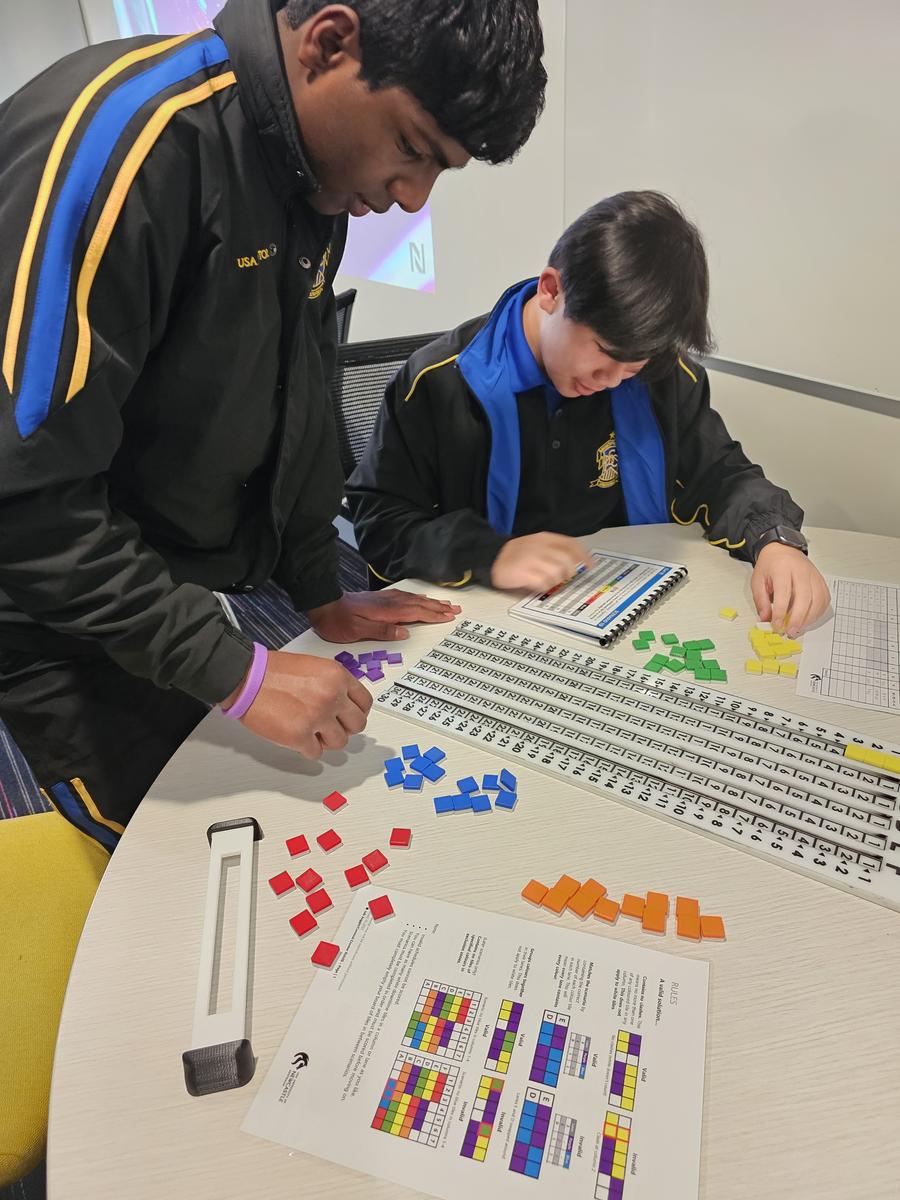Curriculum

HSC Oral Examinations
Each year in August and September, NESA schedules the HSC oral examinations for all Language courses. This year, Italian Continuers students across NSW will be some of the first students examined on Saturday 5 August. For our boys, having an HSC task in the middle of an already stressful Trial Examination Block is far from ideal, however, many other schools are in a similar position with HSC Trials either already in progress or about to commence.
The HSC oral examination for Languages is a practical course component that shares similarities with both performance pieces and major work projects. Because no two oral examinations are the same, students can practice but not rehearse from a script. While they do develop their speaking ability gradually, focusing on the micro skills that will allow them to engage in a successful conversation, there is no physical or tangible end-product that can be displayed. Despite this, what students can achieve in only a few years is truly remarkable. In Year 8 Italian, students answer simple, factual questions about their names, ages, siblings, and pets. By Year 12, they can share memories of the past, provide opinions, and hypothesise about the future.
HSC students are required to demonstrate their mastery of their chosen language by engaging in a conversation with an unknown examiner. Continuers students speak for 10 minutes and Beginners students for five minutes. Although they know the syllabus topics, there is no master list of questions, and students never know exactly what they will be asked on the day. During our many practice sessions, the boys receive a plethora of tips and advice: listen to the key words in the question, identify and replicate the tense in your response, provide depth and detail without rambling or hijacking the conversation, be original, be interesting, don’t identify your school or your teacher, vary your adjectives, link your phrases and ideas, use hesitation language to sound more authentic while you are thinking about what to say next, add a subjunctive, use an idiom … the list goes on.
It is incredibly rewarding to listen to our students applying all of this feedback. At times, the conversation flows so naturally and there is such an easy exchange of information that the looming HSC exam is forgotten. It is always interesting to hear the boys talk about their families, their attitudes towards school, their future plans, past holidays, sporting teams, and childhood memories. I am often entertained, brought to laughter, and very occasionally exasperated by the persistent pronunciation error, but I never tire of hearing them speak.
I am extremely proud of the progress that all of the students have made over the years. At the start of an HSC course, I often share my own (usually one-sided) enthusiasm for certain turns of phrase - “Look at that beautiful expression! You can use that in your speaking!”. At some point they begin to do this on their own and apply language structures to different themes - “So Miss, would that work if I’m talking about …”. It is a joy to witness their appreciation for the richness and nuance of language, and to see them transfer ideas and skills across topic areas.
Success in an HSC oral exam requires students to remain calm, composed, and be determined to demonstrate the learning they have mastered. Like so much in life, when there are unknown and unfamiliar elements, having the confidence and resilience to persevere is essential.
We wish our Year 12 Italian Continuers students and Year 11 Accelerants the best of luck for their HSC Oral Examination this Saturday 5 August, and keep the Italian Beginners and Italian Extension students in our thoughts as they prepare for their exams on Saturday 26 August and Saturday 9 September.
In bocca al lupo ragazzi!
Maria Capobianco
Head of Languages
Year 11 Chemistry Practical in Scientia Building
Last Friday, our Year 11 Chemistry class had the privilege of performing the first practical experiment in the science labs of the new Scientia Building – realising months of anticipation for this long-awaited moment.
As a part of the Year 11 Chemistry course, students undertake a unit of study entitled ‘Reactive Chemistry’, concerned with the way atoms interact with each other and the outcomes of those interactions, culminating in our study of ‘galvanic cells’, in essence primitive batteries – for which there was no better excuse for us to christen the labs.
Eagerly, students piled into the new laboratory, marveling at its pristine condition and the contemporary fit- out contained within. After a briefing from Mrs. Chander, we got to work assembling basic galvanic cells, where, by using simple materials such as metals, wires, and electrolyte solutions, were able to watch an electric current form before our eyes.
Ultimately, the experience was nothing short of electrifying, deepening our understanding of our unit of study; and I believe I speak on behalf of all science students at the College in expressing how grateful we are to have access to such a facility that can help kindle our zest for learning, and that we are eager to get the most out of this new resource.
Luke Sultana | Year 11 Chemistry
The Science and Engineering Challenge
On Friday 21 July, 17 Year 10 students went to Western Sydney University in Kingswood to participate in the Science and Engineering Challenge. The Science and Engineering Challenge is a day where schools come out and compete in a variety of events and challenges that explore different aspects of science and engineering. Overall, at the end of the day, the St Patrick’s team came second place.
The day was broken up into two sections where participants would compete in two different challenges throughout the day except for the bridge building group who spends the entire day constructing a bridge. Students competed in challenges such as confounding communications, electricity, grasping at straws and return to mars and each event contributed to the final score of each school’s team. Each event has a different scenario which focuses on many different aspects of science and engineering like civil engineering, geologist, mechanical engineer, aerospace engineer and scientific analysis.
At the end of the day, every school gathered in the hall to watch the final event which was the bridges. After spending the whole day constructing a bridge, each school needed to present their bridge and test it by running a trolley across with varying weights to see how strong and effective their bridges were. The weight at which the bridge collapses determines how many points are scored for that team, the more weight the more points that school receives in their total score. In this event, the St Patrick’s team came third place.
Christopher Costa | Year 10 Student


